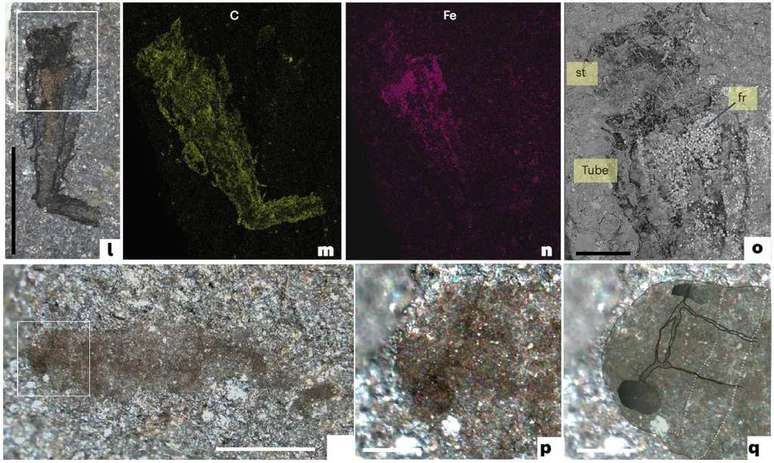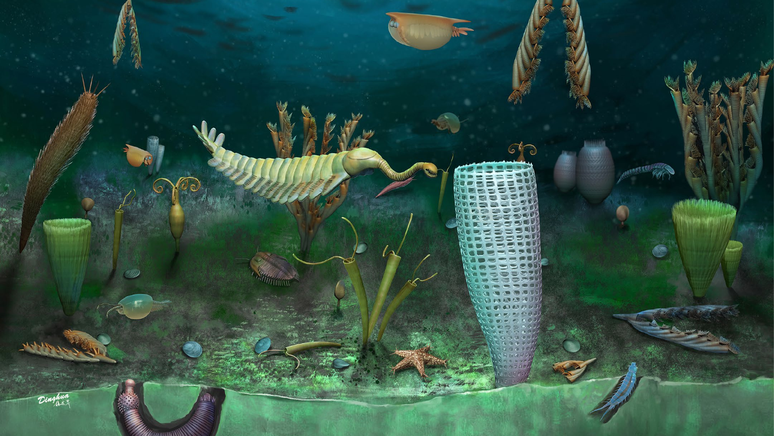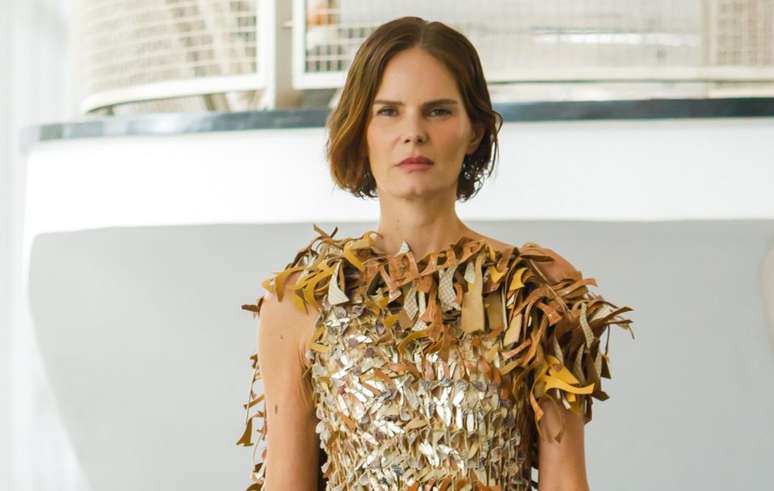Fossils of creatures from the Ordovician period over 400 million years old, including animals unknown to science, discovered in Wales
A fossil site in Wales has revealed incredible artifacts dating back 462 million years, including preserved eyes and brains of very different creatures among a myriad of species unknown to science. Published in the scientific journal Nature Ecology, the fossil deposit study describes finds from the site called Castle Bank.
- Study provides new explanation for largest explosion of biodiversity on Earth
- Fossil of bizarre three-eyed creature sheds light on the evolution of insects
A real treasure is kept there, made up of creatures with soft bodies and organs, which hardly survive the fossilization process. The richness of the location has led to comparisons with other prolific sites such as the Burgess Shale in Canada and the Qingjiang biota in China. Castle Bank, however, is 50 million years younger and offers scientists a unique glimpse into an era that was home to life with soft and diverse structures: the Period Ordovician (485.3 to 443.8 million years ago).

New and old species
According to reports of scientists, more than 170 species of creatures site, most of which are still unknown. Among these are curious late Cambrian examples, such as the bizarre opabinids (Opabinia), aquatic beings similar to arthropods, but equipped with a proboscis equipped with teeth at the end.
There are also early examples of animals that evolved into present-day species, such as barnacles, shrimp, and unidentified creatures, such as a 6-legged insect-like creature, and remains of eyes and brains. Other known but now extinct animals were also present, such as the fossilized digestive system of trilobites, as well as whole worms and sponges.
Enthusiastic, researchers claim to find something new every time they visit the site again. It is believed that it will take decades to unravel everything local knowledge. The exact location, by the way, is kept secret at the owner’s request, being described only as “a small quarry in a sheep field”.

The pair of scientists responsible – Joseph Botting and Lucy Muir – discovered the site in 2020, during the lockdown from covid-19, and spent more than 100 days studying it. As independent researchers, they had to take out a crowdfunding to acquire the necessary equipment for the study, such as a microscope to verify the details – some of the fossils they are only 3 millimeters long. Subsequently, an international team of researchers joined them to complete the survey.
The preserved environment of Castle Bank may have been a nursery for juvenile animals, according to one of the theories raised by the research, since there are only juvenile specimens of the trilobites more common (Ogyginus corndensis), but the small size raises another interesting possibility: that it would be a feature of the local community, since its miniaturization is “impressive”, in the words of the scientists.
Source: Nature Ecology and Evolution
Trending on Canaltech:
- Why do hospitals give gelatin to patients?
- The quest for human longevity is over, scientists say
- El Niño could hit strongly in 2023. Find out how it can affect Brazil
- The robot “passes out” after working himself to exhaustion – and there’s a video of it
- ChatGPT costs more than BRL 3.5 million per day to operate, analyst says
- 5 reasons NOT to buy the Chevrolet Onix RS
Source: Terra
Rose James is a Gossipify movie and series reviewer known for her in-depth analysis and unique perspective on the latest releases. With a background in film studies, she provides engaging and informative reviews, and keeps readers up to date with industry trends and emerging talents.







